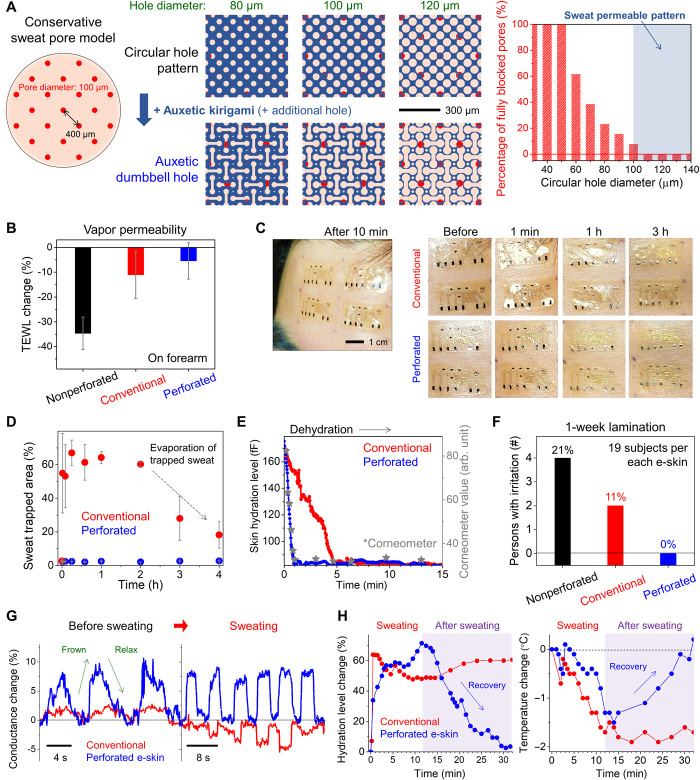Fig. 2. Sweat-permeable e-skins with reliable physical sensing.
(A) Precision design of auxetic dumbbell through-holes to provide open channels on sweat pores. (B) Changes of TEWL of the forearm after e-skin lamination. (C) Stability of the e-skin/forehead interface under profuse sweating (after having a spicy meal). Perforated e-skins form steady conformal contact on the forehead, whereas sweat trapping and interface delamination occurred on conventional e-skin samples. Photo credit: Hanwool Yeon, Massachusetts Institute of Technology. (D) Areal changes of sweat trapped region after sweating. (E) Dehydration monitoring of moisturized forearm. Only the fully perforated e-skin obtained similar dehydration tendencies with the reference skin region measured by commercial skin hydration analyzer (Corneometer CM 825). (F) Skin compatibility test of e-skins through 1-week lamination on the forearm. (G) Tracking of forehead movements using strain sensors. During sweating, the ZnO strain sensor in perforated e-skins reliably monitors the movement, whereas malfunction occurs at the strain sensors in conventional e-skins because of sweat trapping and interface delamination. (H) Changes of skin hydration level and skin temperature after profuse sweating on the forehead.

